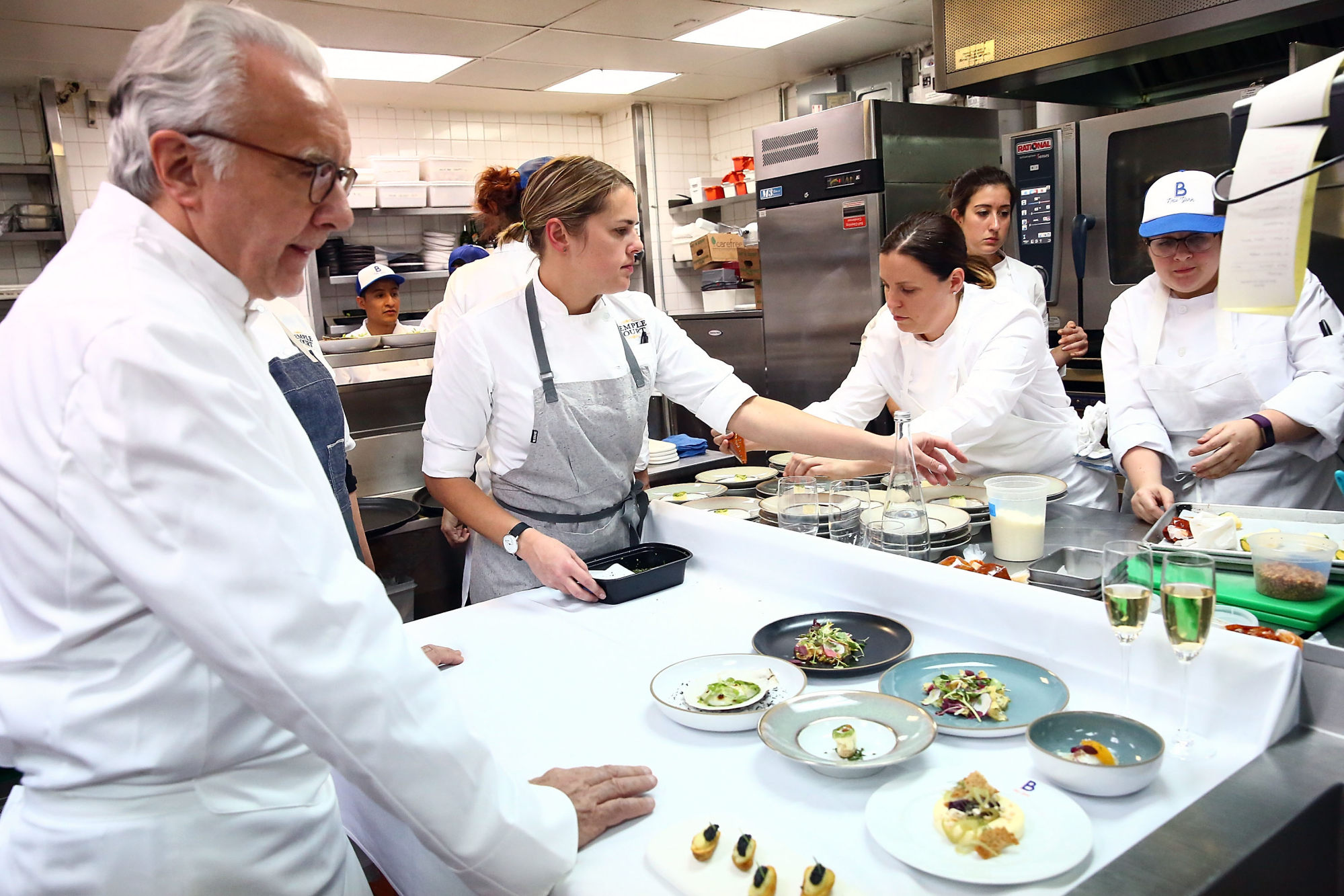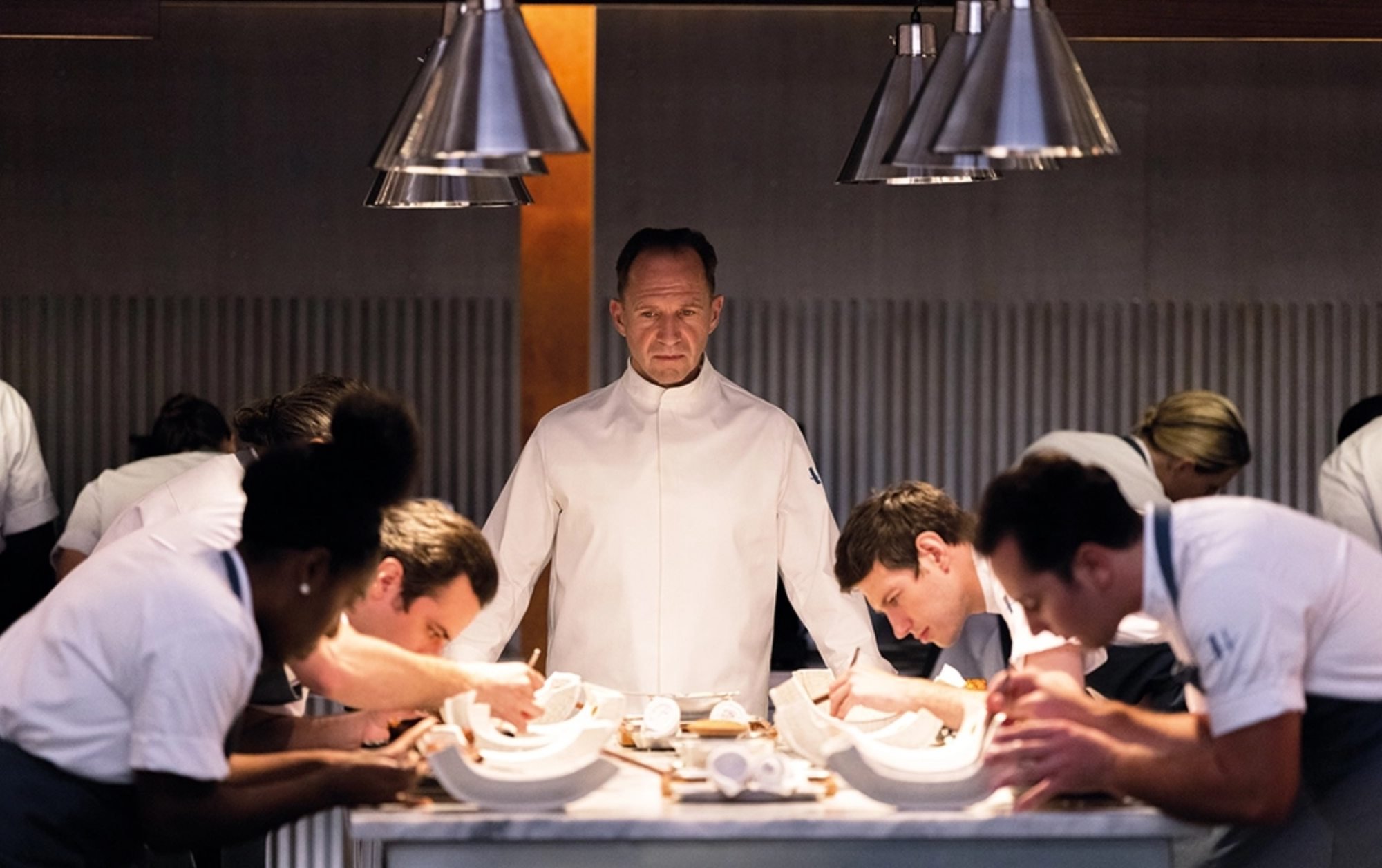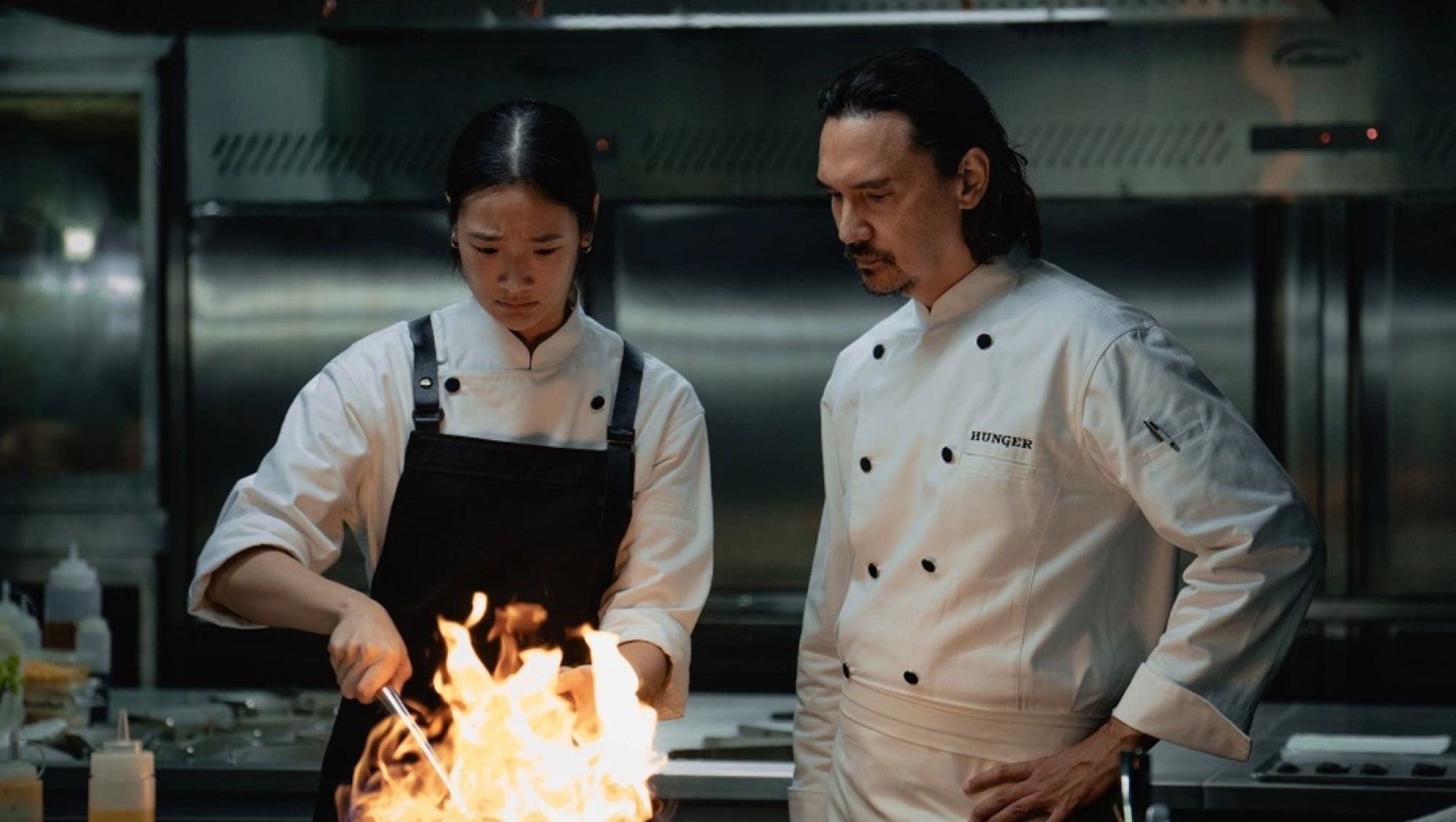
How many Michelin-star chefs are there? None, actually; it’s restaurants that are awarded. Why celebrity cook culture is getting out of hand
- The likes of Joël Robuchon and Alain Ducasse, and not their restaurants, are often credited with Michelin stars, but this is a misconception
- Our obsession with celebrity chefs ignores the teams behind them. Besides, is a chef who fries noodles any less talented than one who crafts tasting menus?
On April 26, the much delayed results for the latest Hong Kong and Macau edition of the Michelin Guide were released to the world.
In tandem, the website michelinstarredchefs.com, which purports to present a “comprehensive list of Michelin-starred chefs” every year without fail, also shared an update.
Scroll down the page and all you’ll see is a single sentence in English and in French: “There are none. Restaurants, not chefs, are awarded Michelin stars.”

I’m afraid we’ve fallen into the trap of becoming enthralled by celebrity.
As michelinstarredchefs.com rightly puts it, stars are awarded to restaurants, not to individuals – even if they are the face of the brand and the powerhouse behind it.
The stars don’t follow chefs around, either. When, hypothetically, a famed chef leaves their three-Michelin-star restaurant and opens up a new venue, it doesn’t automatically become bestowed with Michelin stars (though cynics often theorise that Michelin appears to favour and quickly upgrade restaurants whose chefs have seen success in its guide before).
The emphasis on a single chef overlooks the efforts of an entire brigade – both front and back of house – who have worked together to create an impeccable experience for diners and inspectors alike.
In fact, it wasn’t until 2019 that the Michelin Guide realised it should also be spotlighting the work of pastry chefs, sommeliers and service staff, launching the Passion Dessert, Michelin Sommelier and Michelin Welcome and Service Award prizes to recognise the efforts of these other culinary “departments”. But you don’t hear much about them, either.

Is a restaurant with a Michelin star any better than one without? And by extension, is a chef who flips burgers or stir-fries noodles any less talented than one who crafts tasting menus?

Both films reach a similar conclusion, and we could do the same to take all the hot air out there with a grain of salt.

